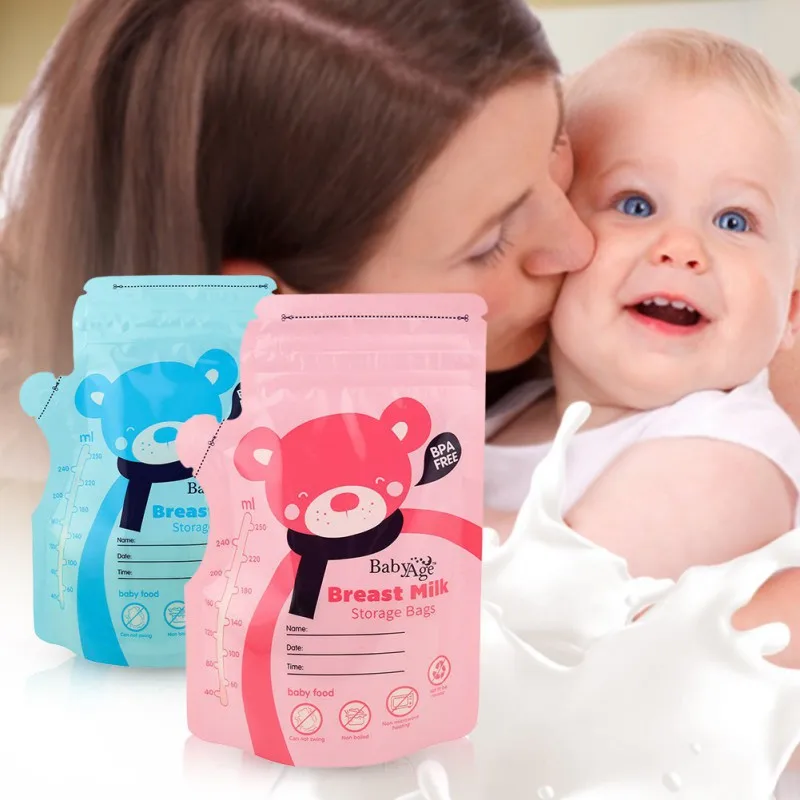How to cook carrots for baby finger food
Carrots For Babies: Ways To Cook, Serve & Recipe Ideas By Age
BABY | Baby Led Weaning | Dairy free | Egg free | GAPS | Gluten free | Grain free | Purees | Vegan
1.7K shares
Jump to Recipe - Print Recipe
Carrots for babies make the perfect first solid baby food beginning with 6 months of age, when they show signs of interest for complementary foods.
Learn how to prepare baby’s first carrots whether they’re steamed, puréed, mashed, grated or roasted and serve according to baby’s age. As well as healthy recipes you can make with carrots for your little one.
With a little prep you can make nutritious and convenient carrot baby food particularly when introducing carrots as baby led weaning or first finger food.
Carrots For Babies
Just like sweet potato, carrots have a soft texture (when cooked) with a sweet mild flavor which is quickly accepted by babies. Carrots make a great first vegetable to be introduced to your baby whether you choose to make carrot puree, serve carrot sticks as finger food or when making stage 2 carrot baby food recipes.
Benefits of Eating Carrots For Babies
- Carrots are a top source of beta-carotene (then transformed by the body into vitamin A) and also rich in many natural bioactive compounds responsible for the maintenance of the baby’s normal function of the immune system, skin, mucosal membranes, and normal vision.
- Note: To help the body convert more beta carotene into vitamin A, the carrots should be eaten with a small amount of fat. A healthful source of fat you could use is avocado, nuts, seeds or cold pressed oils.
- Carrots, being rich in fiber can help slow the absorption of sugars into the bloodstream and additionally prevent the baby from getting constipated.
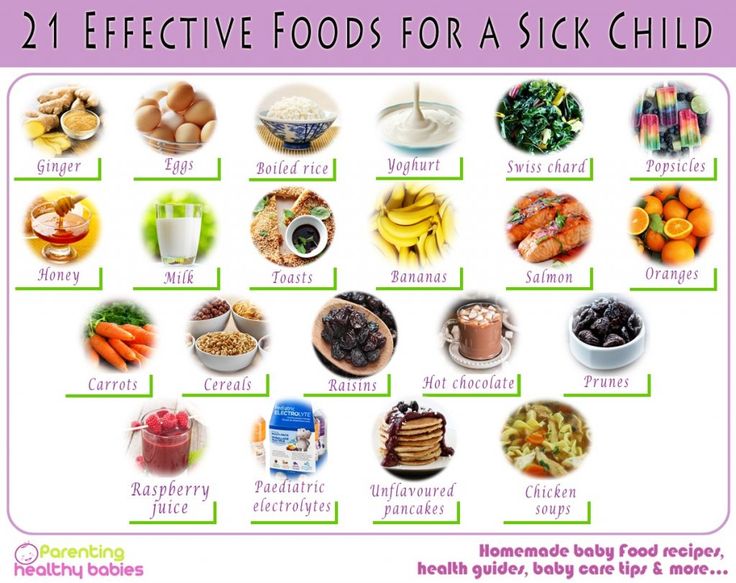
This post may contain affiliate links. To read the disclaimer policy See This.
How To Cook Carrots For Babies
Here are some suggestions on how to cook carrots for babies, while retaining their nutrients, taste and texture:
1. Steaming:
How To Steam Carrots For Baby Food- Peel the carrots. Slice into desired size pieces.
- Bring 1 inch of water to boil in a saucepan fitted with a steamer basket and cover with a lid.
- Steam on medium-low heat for approximately 12-15 minutes (it depends on the size) or until they are soft when pierced with a fork. Then you can cut into smaller pieces if you need to, according to your baby’s age.
Steaming is one of the best ways to prepare carrots for baby led weaning. This method of cooking preserves the most of it vitamins as there is less contact with water and has a short exposure to heat.
If you want to bake carrots for your baby, you have two options: cut then bake, or bake first and then once soft, cut into smaller pieces.
- Peel and chop the carrots into desired size.
- Drizzle with oil (healthier oil to use is olive oil, avocado oil or grape seed oil) and coat evenly. Season with a touch of pink Himalayan salt (for babies 9 months+), dried herbs like sage, oregano or coriander.
- Spread in one layer, on a parchment paper lined sheet pan (try not to use aluminum foil, when exposed to high heat, aluminum can leach into food).
- Roast the carrots at 400F until soft and tender, approximately 25-35 minutes. Usually whole thick carrots will need a little more time.
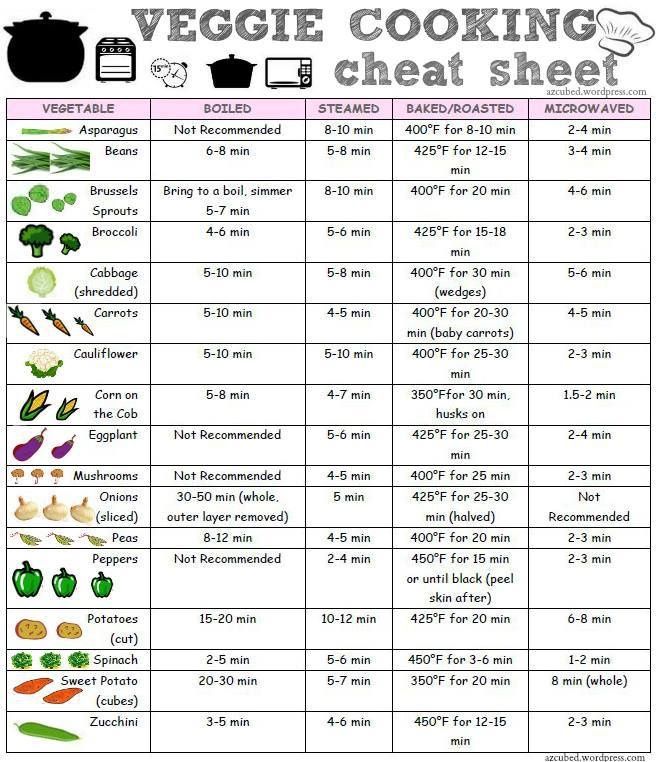
If you intend to serve with a spoon, mashed or make a carrot puree, then you can bake (or steam) carrots whole.
Roasted carrots for babies as finger food.3. How To Boil Carrots For Baby Food
- Bring a pot with water to a boil.
- Add the chopped carrots (0.5-1 inch thick slices/ sticks) to boiling water for 4 to 5 minutes, then drain (timing depends on the thickness of the carrots). For whole carrots – about 10 minutes.
- Season if necessary, then you can cut into desired shapes / mash or make a carrot salad by grating them.
Boiling carrots usually is the least preferred method if you need just plain soft carrots. The most nutrients will leach into the boiling water that you will likely discard.
This method is best when you make soups and purees as you would keep the water with all the leached nutrients.
Boiling carrots will also reduce the vitamin content. Raw or steamed carrots provide the most nutritional value.
How Serve Carrots For Babies (+Recipes) By Age
Keep in mind that all babies develop at their own pace, your baby’s oral-motor skills, chewing and swallowing skills may differ from baby to baby, use your own common sense and logic to decide what your baby can handle.
For 6-month-old babies:
- Finger food (BLW): offer the carrots (steamed and soft) sliced into thick strips or sticks so your baby can hold them in the fist and chew. Check out this carrot baby led weaning guide.
- Carrot puree: after steaming or roasting, mix with water or stock to form a smooth puree or use less liquid if you want it thicker like mashed. At stage 1 serve plain carrot puree then at stage 2 you can mix it with other veggie or fruit purees.

- Make a carrot salad mixed with other veggies like beetroot and with added protein like egg or avocado.
For a 9 month old baby – all of the above plus:
- Start cutting the carrots up into tiny bite-sized pieces (half-moon slices), grated or shreds (again: steamed and soft) that he/she can easily pick up. That’s usually when the child has developed her pincer grasp.
- Mashed carrots (steamed or roasted) with a fork (minimum or no liquid added).
- Stage 2 (7-9 months): carrot puree combinations, with one or two more types of foods (including meat, grains, fruit and veggies).
 4) Roasted carrot sticks as baby finger food.
4) Roasted carrot sticks as baby finger food.- Carrot soup with stock (blended to smooth consistency).
- Carrot juice (cold pressed, freshly made) not store-bought bottled (they’re loaded with sugar and most nutrients are already lost due to processing). You can serve it fresh in a sippy cup.
- Carrot muffins (6-7 months+) for babies accustomed to baby led weaning method they might start earlier at 6 months while other kids might feel comfortable to eat muffins somewhere around 9 months.
- Healthy Oat Carrot Cookies With Applesauce
At 12-18 months (all of the above plus):
- Carrots cooked to a soft consistency served in thin slices, shreds, or diced into small pieces mixed with other foods.
 Encourage your baby to use utensils, like fork or spoon.
Encourage your baby to use utensils, like fork or spoon.
- Raw carrots might be good at 14 months+ (some babies are not ready at this age though and might choke), it depends on the number of teeth and your child’s eating/chewing skills. If you observe that your child is quite skillful with chewing and biting, then there shouldn’t be a problem. Start serving a whole raw carrot then progress to smaller sticks.
The carrot serving suggestions below are for informational purposes only, not medical advice.
How soft should carrots be for baby?
The carrots should be soft enough for you to smash with your fingers, but still able to hold it’s shape. So that your baby could easily be able to gum or chew it even without teeth.
FAQ: Babies & Carrots
Are carrots hard to digest for babies?
In puree form, generally no. If carrots are served as finger food, they might pass through undigested because they don’t have teeth, enough enzymes and lack of an established gut flora. This is normal, as babies (under 12 months) don’t chew their food well and tend to process food quickly through the digestive tract. As your baby grows this will resolve itself.
If carrots are served as finger food, they might pass through undigested because they don’t have teeth, enough enzymes and lack of an established gut flora. This is normal, as babies (under 12 months) don’t chew their food well and tend to process food quickly through the digestive tract. As your baby grows this will resolve itself.
Do carrots cause constipation in babies?
Usually carrots don’t cause constipation as they contain a good amount of fiber which increases the weight and size of the stool and it becomes easier to pass. If constipation occurs on a regular basis after eating carrots, it might indicate another problem: a digestive disfunction or an allergy.
Can babies choke on carrot?
Raw carrots, especially raw baby carrots are a chocking hazard for infants. They are hard to chew and can they can bite a piece off and chock (especially when they have a few teeth). If you really want to offer finger foods and do baby led weaning, make sure you offer a larger thicker piece and soft, so the baby could suck on it.
If you really want to offer finger foods and do baby led weaning, make sure you offer a larger thicker piece and soft, so the baby could suck on it.
Can babies eat pureed raw carrots?
As long as you make it smooth there shouldn’t be a chocking problem. Raw carrots are actually more nutritious than those exposed to heat.
Can I give my baby a carrot for teething?
You can give a frozen cooked carrot. The carrot will defrost as baby chews. Some parents choose to give a whole raw carrot for teething babies (without teeth), but if you’re not comfortable with this, then don’t. Another option is to use a baby feeder with cooked carrots inside.
When can toddlers eat raw baby carrots?
If your baby has a lot of experience with the baby led weaning method and finger foods, then he/she might be ready for raw carrots at around 14 months. That’s when babies have ability to chew correctly and know how to spit out. Always watch carefully.
That’s when babies have ability to chew correctly and know how to spit out. Always watch carefully.
Carrot Recipes For Babies
- Banana Carrot Muffins
- Creamy Carrot Soup
- Carrot Oatmeal Muffins
- Carrot Pancakes
More Baby Food Preparation Tips
- Sweet Potato For Babies (6 months+): All you Need To Know
- Potatoes For Baby: How To Prepare & Serve
- Cauliflower For Baby Ways To Cook & Serve
- Ways To Prepare Butternut Squash For Baby
- Oatmeal For Babies: When, What, How To Serve
Carrots For Babies: Ways To Cook / Serve By Age + Recipes
ThrivingNest
Learn how to prepare carrots for babies (6 months+) when starting solids, whether they're steamed, puréed, mashed, grated or roasted. Also how to serve according to baby's age and recipes you can make with carrots.
5 from 1 vote
Print Recipe Pin RecipePrep Time 5 mins
Cook Time 15 mins
Total Time 20 mins
Course Main Course
Cuisine Baby Food
Servings 4
Calories 50 kcal
For Steaming / Boiling Carrots
- 2 medium carrots (peeled)
- 2-3 cups water (just enough to cover the carrots)
For Baking/Roasting Carrots
- 2 medium carrots (peeled)
- 1 tsp oil or melted butter ((olive, grape seed or avocado oil are all great))
- pinch Himalayan pink salt (optional (for older babies))
- pinch dried herbs (- optional) sage, oregano, basil etc.
 )
)
For Carrot Puree
- 2 medium carrots
Choose one of the options for blending the puree
- 1/2 cup liquid (water, breast milk, or homemade stock) (for a pourable puree (6 month old babies))
- 1/4 cup liquid (water, breast milk, or homemade stock) (for a thicker puree (7 months+))
- 2-3 tbsp liquid (for mashed carrots)
How To Steam Carrots
Peel the carrots. Slice into desired size pieces.
Bring 1 inch of water to boil in a saucepan fitted with a steamer basket and cover with a lid.
Steam on medium-low heat for approximately 10-15 minutes (it depends on the size) or until they are soft when pierced with a fork. Then you can cut into smaller pieces specific for your baby’s age and serve.
How To Bake/ Roast Carrots
You have two options: cut then bake, or bake first and then once soft, cut into smaller pieces.

Peel and chop the carrots into desired size.
Drizzle with oil (healthier oil to use is olive oil, avocado oil or grape seed oil) and coat evenly. Season with a touch of pink Himalayan salt (for babies 9 months+), dried herbs like sage, oregano or coriander, optional.
Spread in one layer, on a parchment paper lined sheet pan.
Roast the carrots at 400F until soft and tender, approximately 25-35 minutes. Usually whole thick carrots will need a little more time.
How To Boil Carrots
Bring a pot with water to a boil.
Add the chopped carrots (0.5-1 inch thick slices) to boiling water for 4 to 5 minutes, then drain (timing depends on the thickness of the carrots).
For whole carrots – you need to boil for about 10 minutes. Season if necessary, then you can cut into desired shapes or mash in purees.
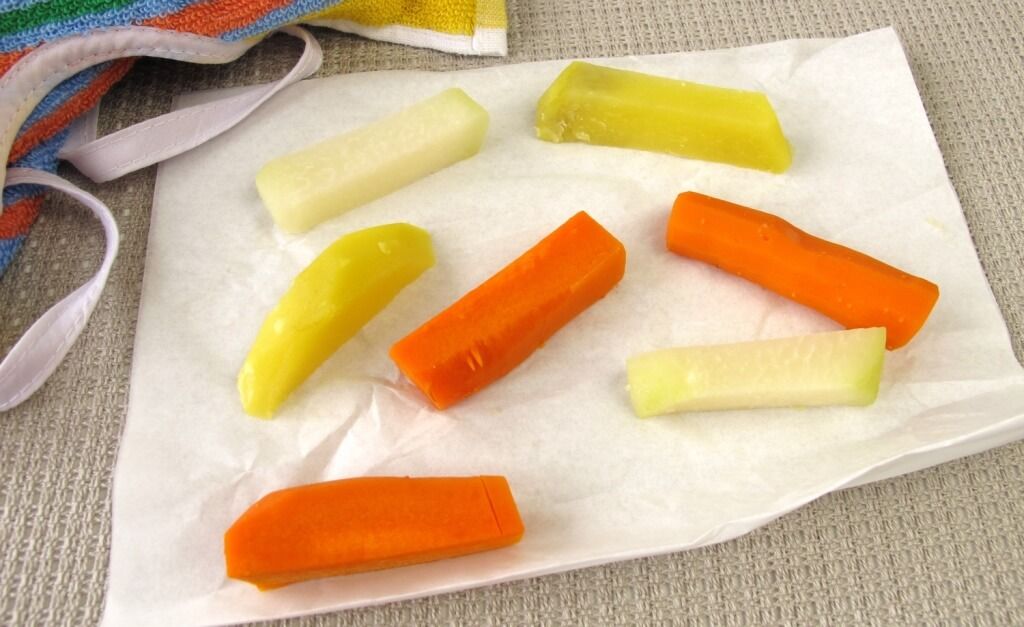
2 carrots will yield approximately 1 cup of mashed carrot, or about 1.3 cup carrot puree if you mix with liquid.
When cooked, how soft should carrots be for baby? The carrots should be soft enough for you to smash with your fingers, but still able to hold it’s shape. So that your baby could easiy be able to gum or chew it even without teeth.
Serving: 1cupCalories: 50kcal
Have you tried any of these recipes? Your feedback is really helpful, please rate and leave a comment below recipe card!!
Pin For LaterDisclaimer: The information, including but not limited to, text, graphics, images and other material contained on this website are for informational purposes only and not intended for medical advice. Please refer to my full disclaimer for more info.
©ThrivingNest. Content and photographs are copyright protected and need prior permission to use. Copying and/or pasting full recipes to other websites and any social media is strictly prohibited. Sharing and using the link of this recipe is both encouraged and appreciated!
1.7K shares
Post Tags: #12-18 months#6-9 months#9-12 months
Similar Posts
Carrots For Baby Led Weaning
1.4K shares
Jump to Recipe - Print Recipe
Carrots are great as a baby lead weaning food, plus they’re are naturally sweet, full of flavor and packed with vitamins and fiber.
Carrots can easily be introduced between 6 and 8 months of age making a great stage 1 food for babies (as they can easily be pureed) or served whole (sticks) as finger food – for baby led weaning. Below I’m presenting how to cook carrots for BLW, how to cut and serve according to baby’s age.
Below I’m presenting how to cook carrots for BLW, how to cut and serve according to baby’s age.
Carrots For Baby Led Weaning
Preparing carrots for babies with baby-led weaning method allows them to use their hand and fingers to pick up and feed themselves. Similar to breastfeeding it gives babies more control over how much they put in their mouths, based on hunger levels.
You can serve plain cooked / raw carrots or incorporate into baked goods such as these soft carrot muffins or these carrot cookies.
How To Prepare The Carrots For Baby Led Weaning
If you’re asking how soft should carrots be for baby led weaning – they should be soft enough for you to smash with your fingers, but still able to hold it’s shape. So that your baby could easily be able to gum or chew it even without teeth.
How to cut and serve carrots to babies doing baby led weaning.- For 6-month-olds babies, offer the carrots (steamed and soft) sliced into thick strips or sticks so your baby can hold them in the fist and chew from the top down.

- For a 9 month old baby you can start cutting the carrots up into tiny bite-sized pieces or shreds (again: steamed and soft) that he/she can easily pick up. That’s usually when the child has developed her pincer grasp.
- At 12-18 months the carrots should still be cooked to a soft consistency and should either be served in thin slices, shreds, or diced into small pieces.
This post may contain affiliate links. To read the disclaimer policy See This.
How To Cook Carrots For Baby Led Weaning
When preparing carrots you have several options:
Steaming Carrots
Steaming is the best method for cooking and preparing carrots when starting baby led weaning. Steaming is a gentler way to cook because they don’t come in contact with the boiling water. Through boiling carrots are losing more than 50% of their antioxidants.
How To: Bring 1 inch of water to boil in a saucepan fitted with a steamer basket and cover with a lid. Steam the carrots for 12-15 minutes (it depends on the size), covered.
This short cooking time allows them to retain some of the structure and texture, also protects most of the carrots‘ vitamin C content, which can be lost during cooking.
Roasting Carrots
Roasting makes the flavor of carrots just so much better, the caramelization of natural sugars in carrots will add another layer of flavor.
Roasted Carrot Sticks.How To: Place the carrots (cut into fourths lengthwise) in a bowl, toss with a touch of olive oil (and salt – if baby is 12 months and older). Spread in an even layer in a baking dish and bake in the oven for 30 minutes at 400F.
Related: Carrot Soup For Babies, Toddlers, Kids
How To Boil Carrots For BLW
To boil carrots for baby led weaning and to diminish nutrient leaching into the boiling water, it’s best to boil carrots with the skin on. Then you can cut into desired shapes once soft and cooked.
Then you can cut into desired shapes once soft and cooked.
- Bring a pot with water to a boil.
- Add the carrots to boiling water for 7-8 minutes, then drain (timing depends on the thickness of the carrots). For larger whole carrots – it takes about 10 minutes.
- Season if necessary, then you can cut into desired shapes or mash. Use a crinkle cutter for a crinkle cut look.
You can also use the cooked carrot leftovers, grate them and make a baby friendly carrot salad.
Freezing Carrots
Freezing is another great way for making carrots soft enough to chew and mash, while still maintaining their shape. First you need to wash, peel and cut the carrots into long, thin sticks (dry well).
Place them on a tray lined with parchment paper in a single layer and freeze. Then you can transfer all together in a single container. This is a convenient way to take out small amount whenever you need and they become soft enough once thawed.
Related: Carrot Puree For Babies By Stage + Combination Ideas
Raw Carrots For Baby Led Weaning
Some babies can start eating raw carrots at 14 months, it depends on the number of teeth and your child’s eating/chewing skills. If you observe that your child is quite skillful with chewing and biting, then there shouldn’t be a problem.
Baby eating whole raw carrot.To serve, peel and cut the carrot in half (if it’s large). You can also offer a smaller full sized carrot to gnaw on the larger end, they’re less likely to splinter apart like a carrot stick would. And always watch because some pieces can break off and become a choking hazard.
Can You Use Baby Carrots For Baby?
Baby carrots are very convenient due to their readiness to be eaten. BUT serving baby carrots or preparing food with baby carrots for babies might not be the healthiest option.
Baby carrots are basically regular carrots, peeled and cut up into smaller pieces. Then they are washed in a chlorine solution (as antimicrobial treatment similar to the chlorination of drinking water).
They say it’s a weak chlorine solution so we shouldn’t be worried about it, but according to scientists, even small amounts can alter the gut microbiota composition by reducing the populations of beneficial bacteria [1] and lead to gut dysbiosis. Which has now been linked to most of chronic non-communicable diseases in our days.
Younger babies are even more susceptible because their gut microbiota is still forming until about age three [2], and a disturbance in this process may cause immune diseases such as food allergies, atopic dermatitis, and asthma.
So to be safe it’s best to choose fully grown organic carrots. Peel and cut whenever ready to eat.
You Might Also Like
Carrots For Baby Led Weaning
ThrivingNest
Learn how to cook carrots for babies when doing baby-led weaning (at 6 months and up) by steaming, baking, roasting or boiling. How cut into appropriate size pieces so the babies could easily hold into their hand and feed themselves, as well as ways to serve carrots for BLW.
How cut into appropriate size pieces so the babies could easily hold into their hand and feed themselves, as well as ways to serve carrots for BLW.
DIETS: Vegetarian
Prep Time 2 mins
Cook Time 17 mins
Total Time 19 mins
Course Side Dish, Snack
Cuisine Baby Food
Servings 4
Calories 25 kcal
- 2 carrots
Steaming Carrots For BLW
Baking / Roasting Carrots For BLW
Place the carrot sticks (cut into fourths lengthwise) in a bowl, toss with a touch of olive oil (and salt – if baby is 12 months and older).
Spread in an even layer in a baking dish and bake in the oven for 30 minutes at 400F.
Raw Carrot For BLW
Some babies can start eating raw carrots at 14 months, it depends on the child’s eating/chewing skills.
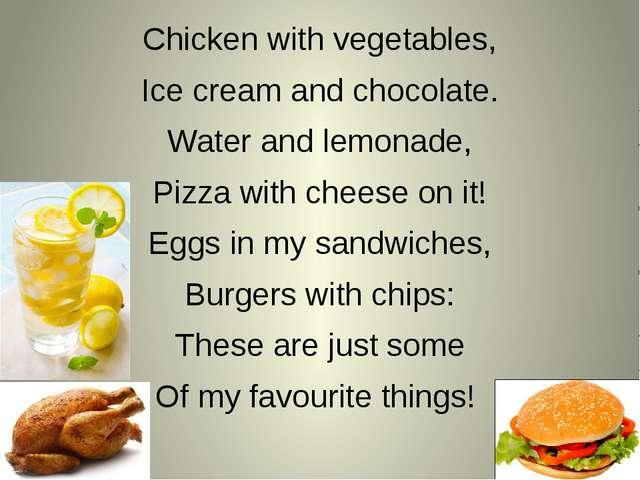 If you observe that your child is quite skillful with chewing and biting, then there shouldn’t be a problem.
If you observe that your child is quite skillful with chewing and biting, then there shouldn’t be a problem.To serve, cut the carrot in half (if it’s too large) or quarter the carrot lengthwise to make sticks.
You can also offer a smaller full sized carrot to gnaw on the larger end, they’re less likely to splinter apart like a carrot stick would. And always watch because some pieces can break off and become a choking hazard.
How To Cut / Serve Carrots For Baby Led Weaning
For 6-month-olds babies, offer the carrots (steamed and soft) sliced into thick strips or sticks so your baby can hold them in the fist and chew from the top down.
For a 9 month old baby you can start cutting the carrots up into tiny bite-sized pieces or shreds (again: steamed and sot) that he/she can easily pick up. That’s usually when the child has developed her pincer grasp.

At 12-18 months the carrots should still be cooked to a soft consistency and should either be served in thin slices, shreds, or diced into small pieces.
When cooked, carrots for babies should be soft enough for you to smash with your fingers, but still able to hold it’s shape. So that your baby could easily be able to gum or chew it even without teeth.
Serving: 1carrotCalories: 25kcal
Have you tried any of these recipes? Your feedback is really helpful, please rate and leave a comment below recipe card!!
©ThrivingNest. Content and photographs are copyright protected and need prior permission to use. Copying and/or pasting full recipes to other websites and any social media is strictly prohibited. Sharing and using the link of this recipe is both encouraged and appreciated!
Disclaimer: The information, including but not limited to, text, graphics, images and other material contained on this website are for informational purposes only and not intended for medical advice. Please refer to my full disclaimer for more info.
Please refer to my full disclaimer for more info.
1.4K shares
- recipes
- Recipes for children
- Carrot puree
- We will need:
- Carrots 250g
Step 1
1
1. Take a young carrot.
It is pre-washed and cleaned and cut into small cubes.
Step 2
2
2. Place the sliced carrots in boiling water and cook over low heat for 20-15 minutes until soft.
Tip
! Recommendation: Do not use sugar, salt and spices in children's meals.
Step 3
3
3. Pass the prepared vegetables through a sieve or puree with a masher, or with a blender.
Pass the prepared vegetables through a sieve or puree with a masher, or with a blender.
Tip
! Recommendation: if you get a thick puree, you can add a decoction. Since the child will not be able to eat too thick mashed potatoes and not get comfortable in the body.
Step 4
4
4. Carefully inspect the cookware for cracks (this should not be used).
Wash with degreasing agents and rinse thoroughly under running water.
Pour water into the bottom of each jar in a layer of 1-1.5 cm.
Turn on the microwave oven at maximum power (from 700 to 800 W and above, in this case, the time is simply reduced) for 3-5 minutes, depending on the volume of the container.
Using clean oven mitts, take out the hot dish and place it on the ironed cloth.
Tip
Sterilization involves the destruction of pathogenic microorganisms that may adversely affect the human body. On an industrial scale, this is achieved using high temperatures and pressures.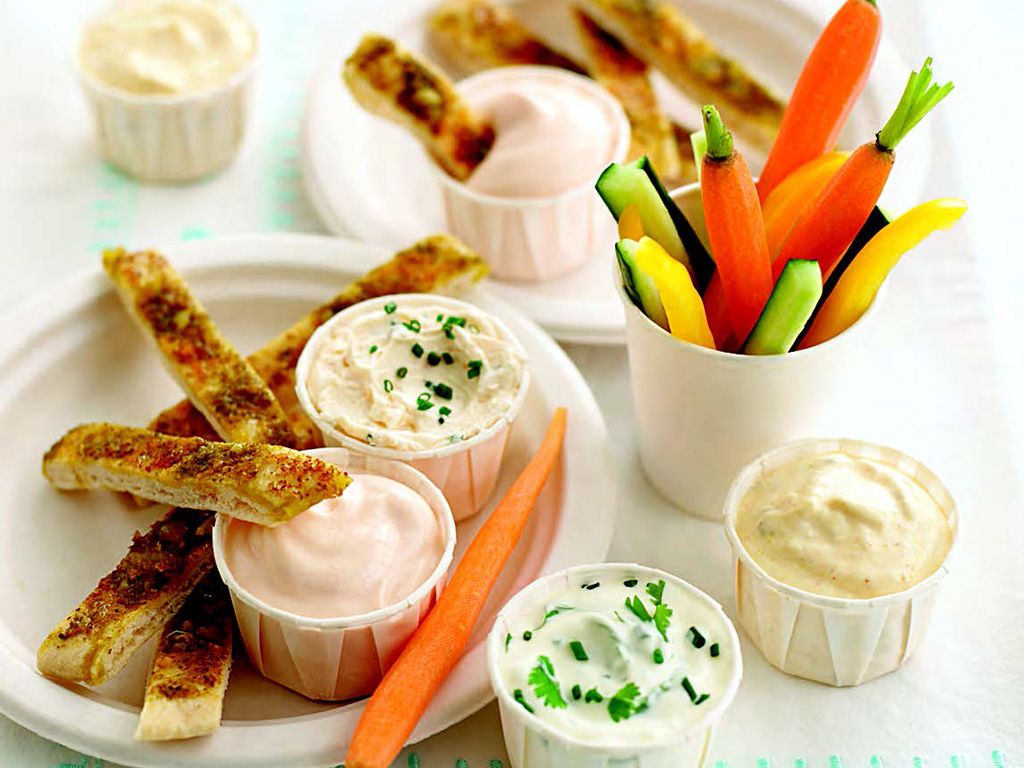 At home, steam treatment is most often used. Warming dry cans in the oven is also used.
At home, steam treatment is most often used. Warming dry cans in the oven is also used.
Recipe category: Recipes for children
Tags: puree, baby puree, carrot puree, vegetable dishes, healthy eating, vegetarian recipes, recipes for children
Similar recipes
Bell Pepper Soup Baby squash puree Baby zucchini and pumpkin puree Fragrant vegetable soup Zucchini puree soup Vegetable puree soup Carrot cream soup Delicate mashed potatoes from Chef Aligo or mashed potatoes with cheese Spinach mashed potatoes Irish Mash - Colcannon carrot wafflesOther recipes in category "Recipes for children"
Oatmeal with pumpkin coffee marshmallow apple terrine Steamed lazy dumplings (in a slow cooker) Chicken muffins with cottage cheese and cheese Cottage cheese casserole with raisins and dried apricots Banana casserole in a slow cooker Cherry marmalade Homemade Adyghe cheese "Nests" of zucchini Baby squash puree Homemade milk sausages-
Multicooker recipes
-
Vegetarian recipes
-
Healthy eating
-
Recipes for children
-
Easter recipes
-
Lenten Recipes
-
Pumpkin Dishes
-
Apple pastries and sweets
-
Recipes for Maslenitsa
-
Salad recipes
-
First courses
-
Second courses
-
National dishes
-
Bakery products
-
Cakes and pastries
-
Desserts and sweets
-
Drinks
-
Preparations, pickles, jams
-
Sauces
-
Miscellaneous
Recipes for kids
Carrot Puree Encyclopedia Baby Food
7-8 Months Gluten Free Dairy Free Flour Free Meat Free Sugar Free Egg Free Boil Low Calorie Lunch Vegetables First Foods Afternoon Snack Cooked Puree Recipes
No comments
Levchuk Victoria©
Carrots are sweet and tasty, healthy and nutritious, that's why children love carrots! A small child is offered only boiled carrots, namely carrot puree, homogenized, homogeneous, without lumps.




